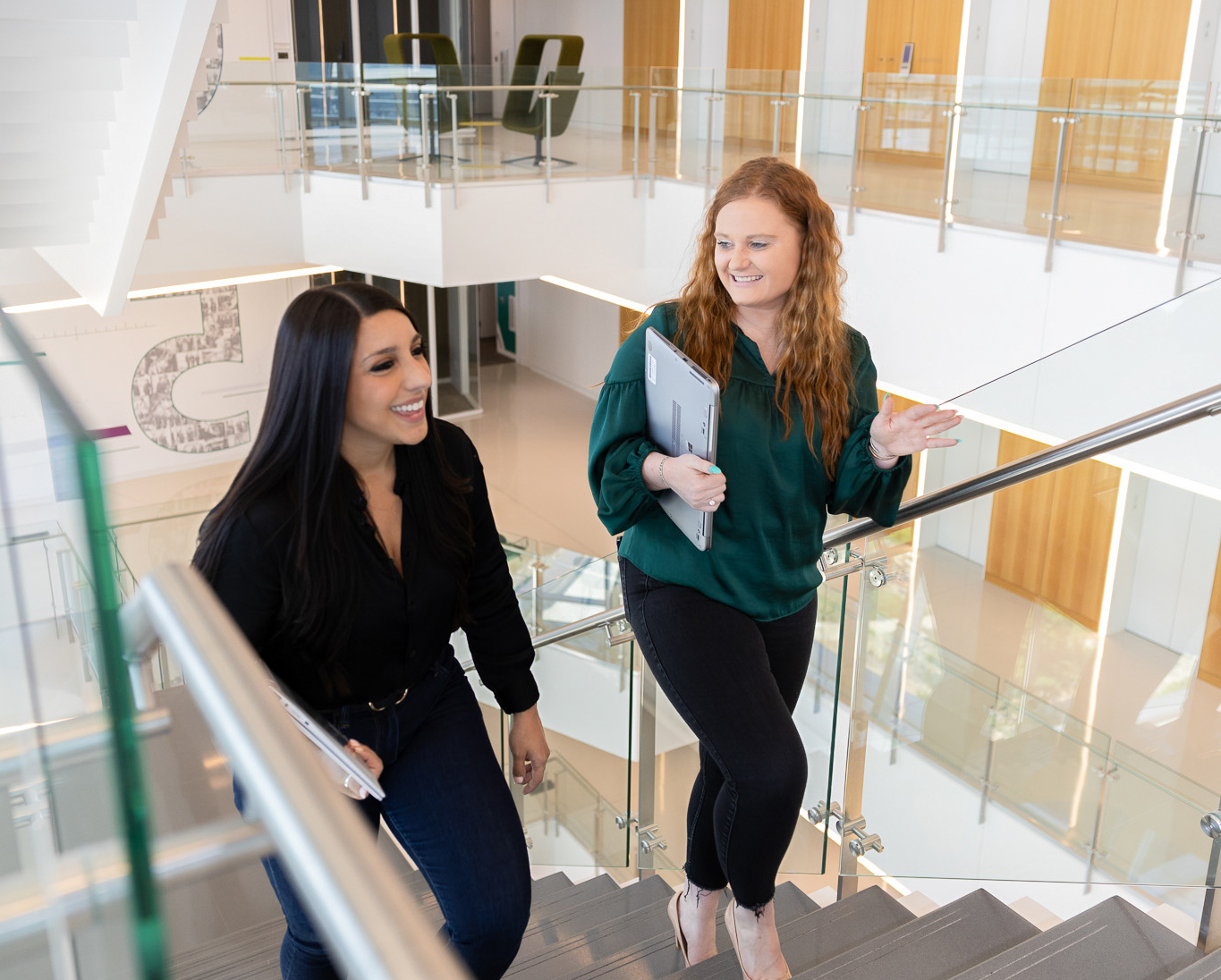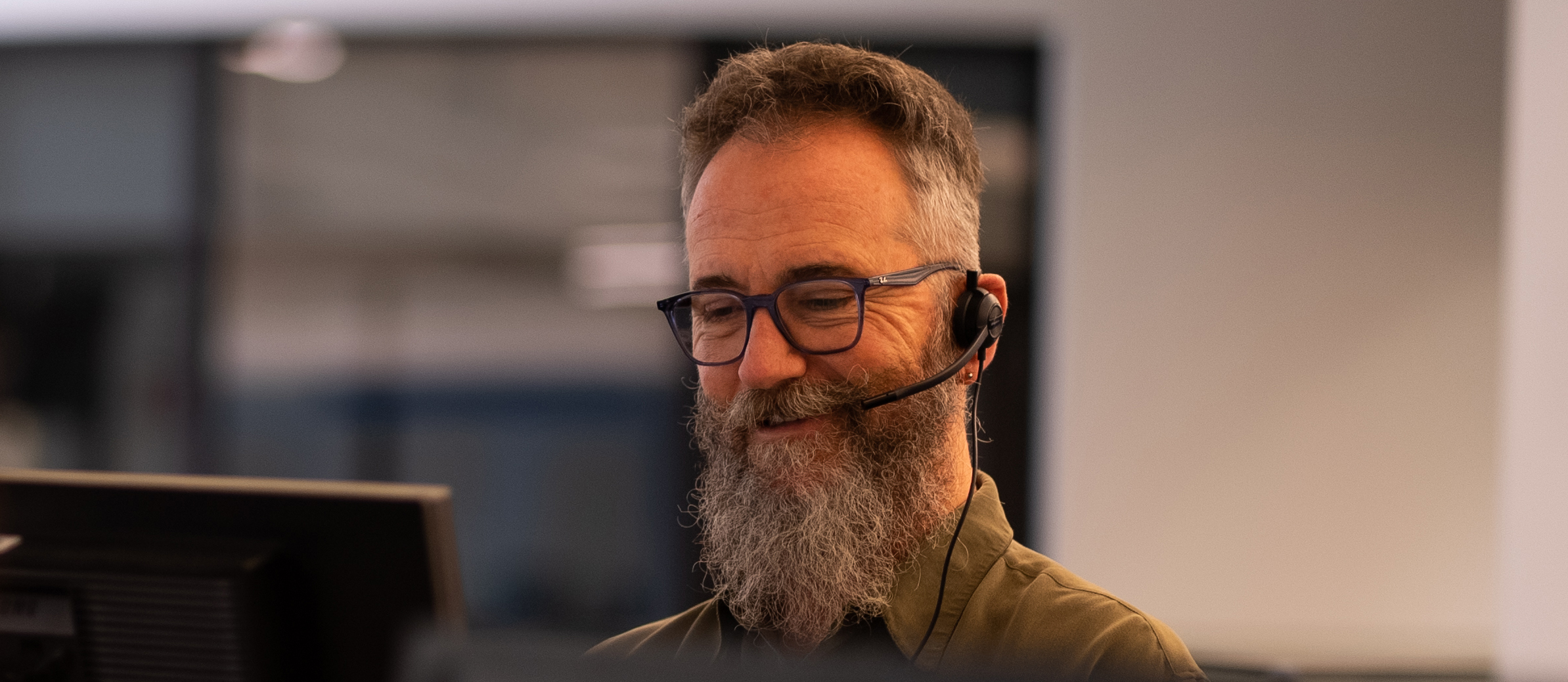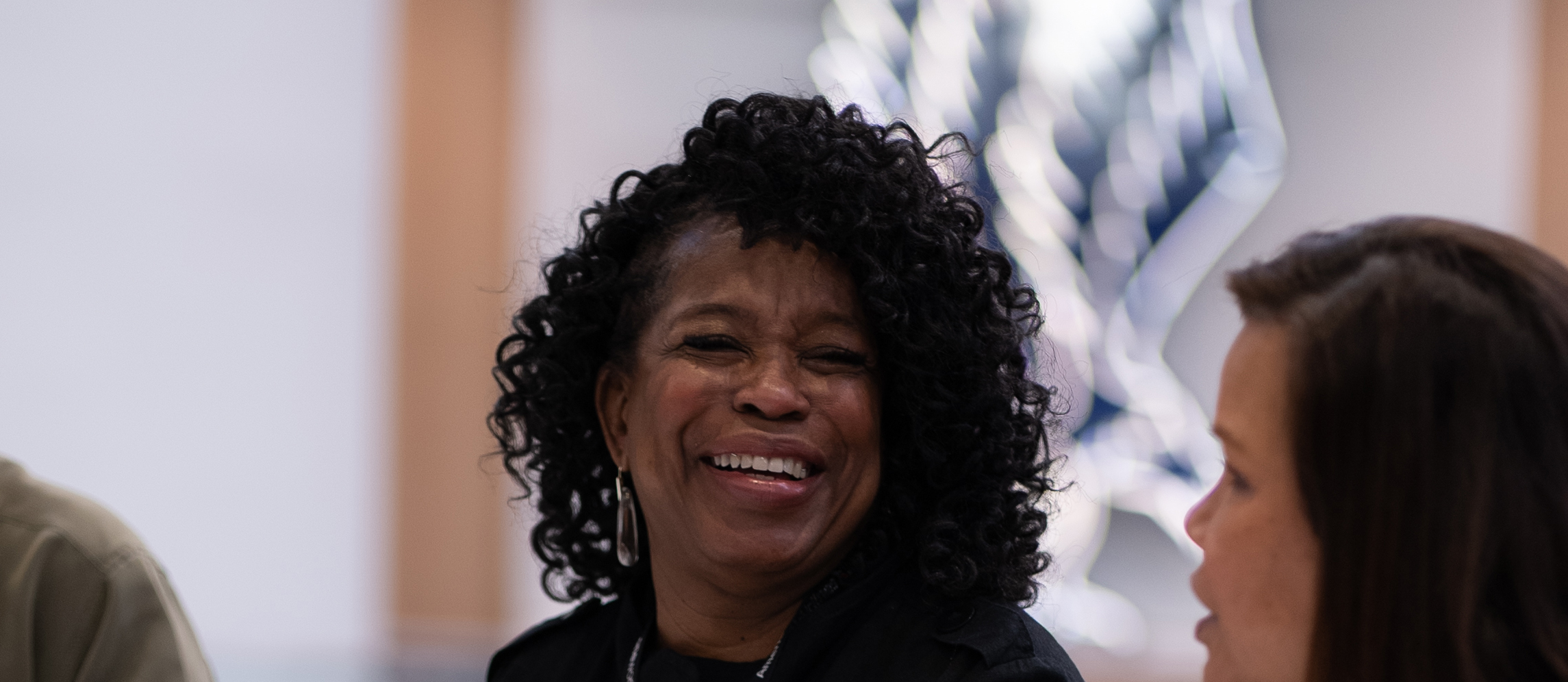JOIN THE JOURNEY
Together, we're not just selling flights.
American Airlines
is here for you
We invite you to join the journey at American for a world of new opportunities.
- • Become part of a thriving global culture made up of 130,000+ team members from around the world.
- • We serve 50+ countries and territories, speak many languages and offer cultural connections and community building in the form of 20+ EBRGs.
- • You'll never stop learning first-hand, by collaborating with some of the most experienced and talented individuals in the industry.

Join our Global Sales team
At American Airlines, our Global Sales team drives strong relationships with corporate clients and travel partners, going beyond selling flights to create seamless travel experiences that connect people and businesses worldwide.
Benefits & perks
American is here to support what matters most to you at every stage of your journey, offering adoption assistance, pretax childcare accounts, and scholarships—because your priorities are ours.
Health benefits
Medical, prescription, dental, vision and more available on date of hire.
Fly higher learning
Programs and online learning platforms to support you on your career journey.
Education foundation
Higher education scholarship grants for eligible dependents.
Family support
Emergency assistance from the Family Fund for you and your family in times of need.
401(k) plan
Available upon hire and depending on the workgroup, eligible for employer contributions after one year.
Travel perks
Travel privileges for you, your family and friends across the American global network.





